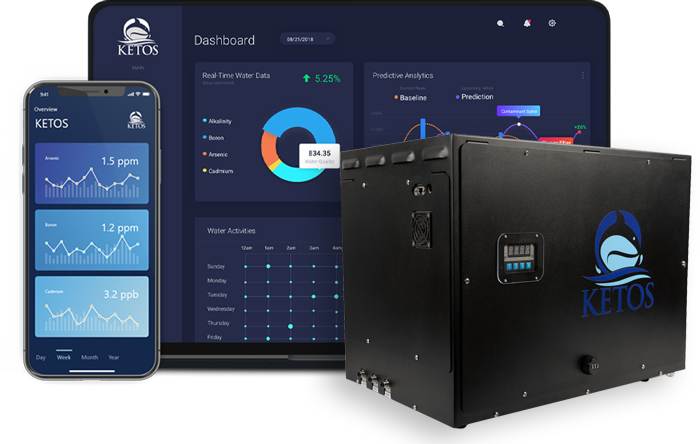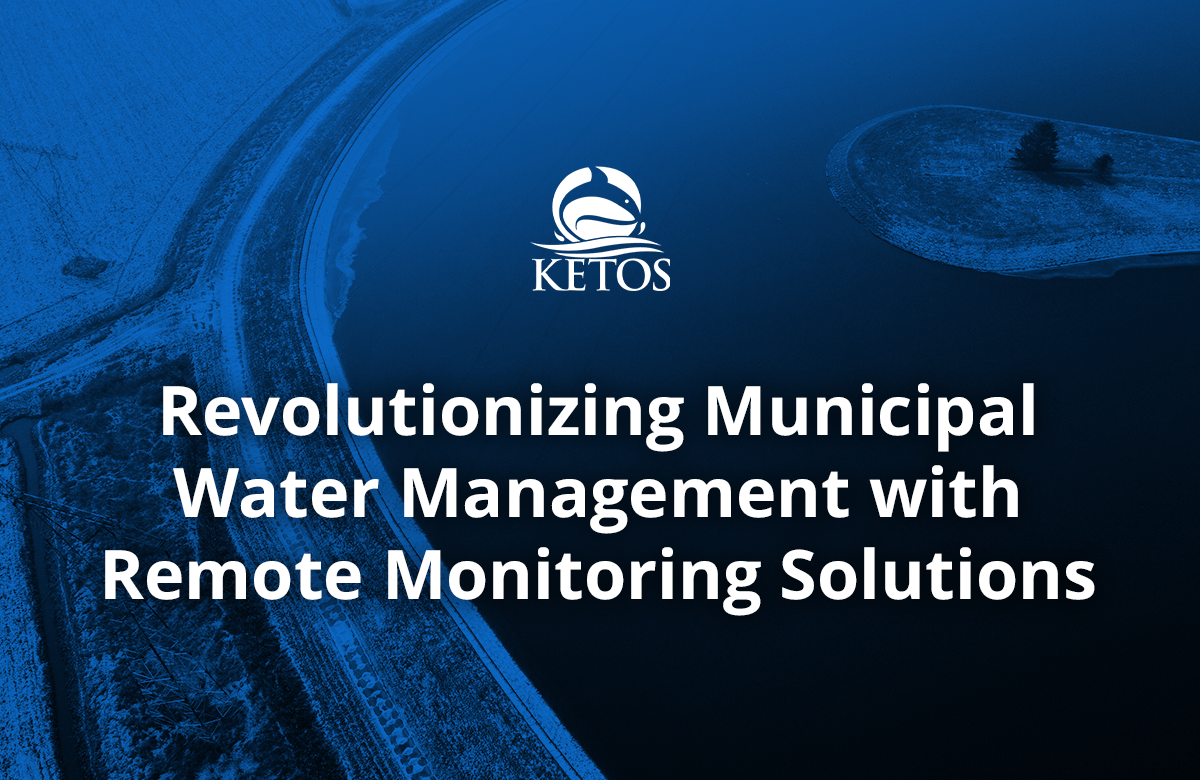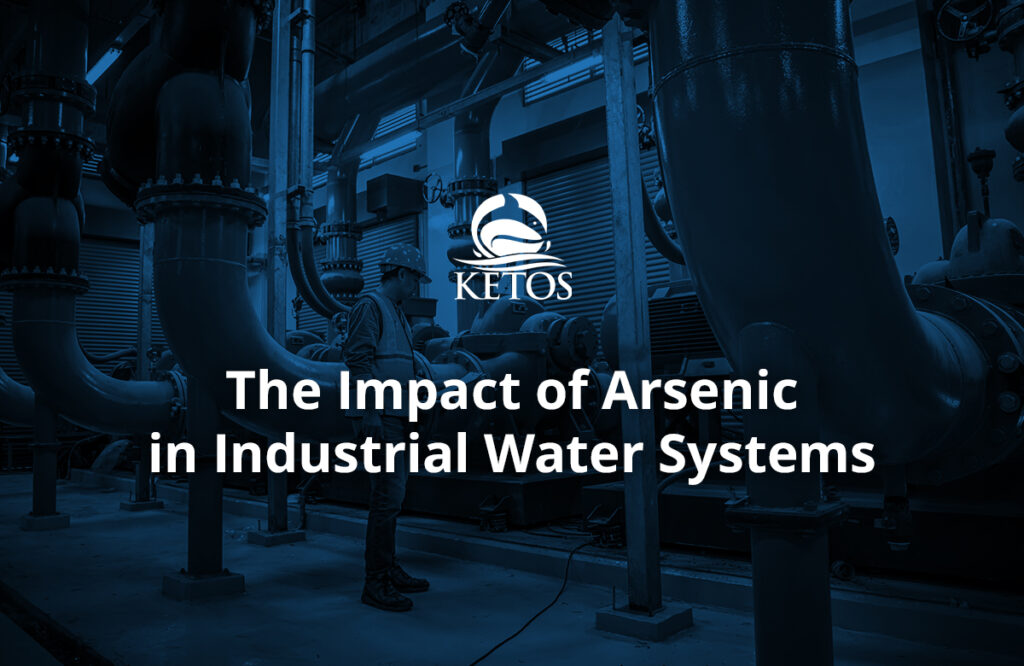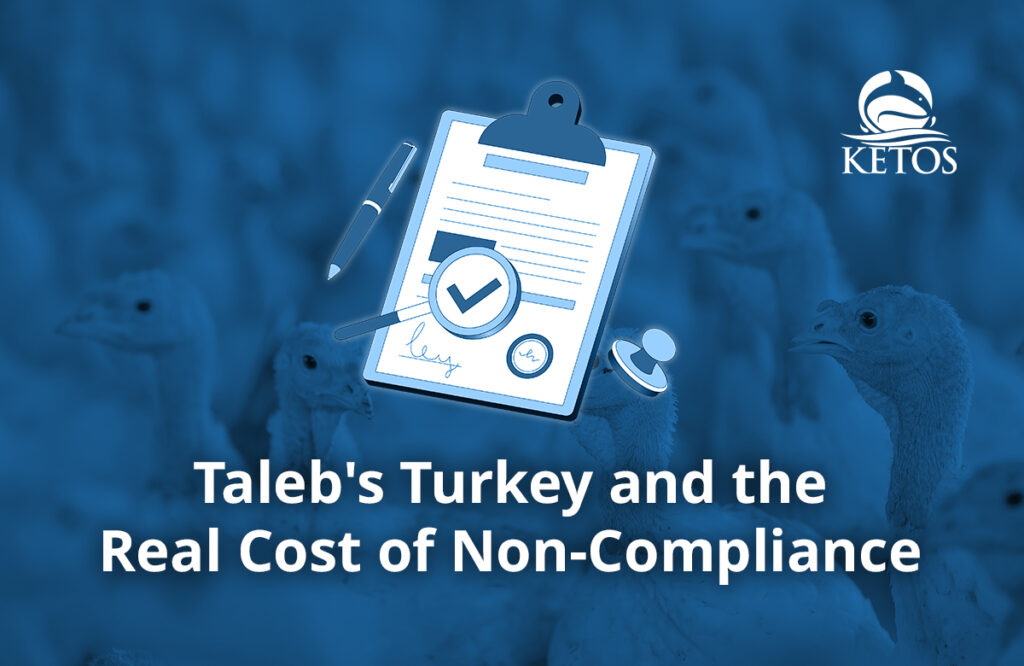The ongoing maintenance of water utilities is expensive, especially if you are still using outdated procedures. Onsite maintenance of water utility assets can cost you an outrageous amount of time, money, and resources. Why not consider reducing the money you spend and the manpower hours required to monitor equipment by investing in a remote water quality monitoring system?
Replacing your cumbersome maintenance schedules and physical inspections with an IoT solution for remote asset monitoring has never been easier. Toss your outdated legacy procedures out with this week’s garbage! Remote water quality monitoring systems allow you to track, prevent, and preempt water plant, pipeline, and wastewater treatment problems. By harnessing IoT technology to help manage municipal water supply systems, you can monitor, control, and improve water quality for your customers and automate your distribution system.
Smart Water Monitoring Solutions For Water Utilities
Smart water solutions are a data-driven approach to handling the modern challenges of water distribution. These remote water monitoring systems have revolutionized the way water municipalities analyze data to get a better understanding of the daily cycles of water demand. In addition, these systems can detect minor problems before they become emergencies, leading to better maintenance practices. The real-time data that these water quality monitoring systems provide can also help municipalities analyze their emergency readiness and develop practical solutions.
The Components of Smart Water Monitoring Systems
Remote water quality monitoring systems are made up of both hardware and software components. In a water distribution system or wastewater treatment plant, every pipe and valve can provide information about the plant’s operation. Networked sensors can send data about flow, rates, volume, and water pressure. Other sensors deliver information about water impurities and quality.
On the other hand, sensors at user locations provide information about customer usage for more consistent and accurate billing practices. Information about water usage that is gleaned from this smart technology can also be important when assessing penalties during periods of water restriction.
The introduction of artificial intelligence and machine learning to these water quality monitoring systems has changed the nature of data analysis. The sensors that are placed throughout the water delivery system collect data that helps operators establish a baseline of routine functioning. This allows them to better understand the system’s normal operations, as well as how it will operate under stress from heavy storms or low water levels. Once a baseline is established, AI can be used to look for anomalies and alert operators to any maintenance or repairs that need to be performed.
Improving The Customer Experience With Remote Water Meter Monitoring
Gone are the days of meter readers and manual meter readings. Today, remote water meter monitoring is employed by most municipalities. This involves the use of a smart water meter, which is a device that measures and monitors water consumption in homes, businesses, and other facilities. Unlike traditional water, smart water meters use sensors for automated data collection and can transmit this information back to the water utility. These sensors can detect even the smallest amounts of water usage, making them more accurate than traditional meters and improving a municipality’s billing process.
Remote water meter monitoring offers customers many benefits. When used as part of a municipality’s remote water quality monitoring system, it can increase operational efficiencies, alert customers to sudden and unexpected increases in water flow, reduce water waste and contribute to the sustainable use of water resources. The top five benefits of smart water meters include:
- Accurate billing – remote water meter monitoring systems provide precise and real-time data on water usage. This translates to more accurate billing on the utility’s part, with the customers being charged only for the exact amount of water they use.
- Leak detection – smart water meters will detect unusual water usage patterns. This early detection can help identify leaks within a property’s plumping. Some smart meters even detect leaks within water distribution systems, allowing for quick repairs and preventing water loss.
- Real-time monitoring for customers – water customers can monitor their water usage in real-time through online portals or mobile apps. This empowers them to make informed decisions about their water consumption.
- Reduced operational costs – remote water quality monitoring systems automate data collection and reduce the need for manual meter reading. This saves time and labor costs for water utilities and reduces overall costs of operations.
- Remote access and control – utility companies can remotely manage water services with this advanced technology. From disconnecting to reconnecting services, smart technology has made everything easier. This includes remote shut-offs during winter storms to prevent water loss or property damage during freezing temperatures.
Why Invest In A Remote Water Monitoring System?
The supply and distribution of water resources is a high-value – and high-risk – proposition for many utility providers. Avoiding downtimes, delayed operations, or complete shutdowns is necessary to avoid frustrated customers. Remote water quality monitoring systems and the technology they employ can help municipalities and other utility providers monitor operations, detect problems before they escalate, and keep the delivery of vital resources on pace with demand.
